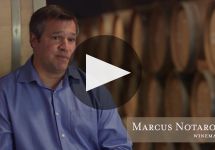Stag's Leap Wine Cellars Artemis Cabernet Sauvignon (1.5 Liter Magnum) 2021
- Decanter
-
James
Suckling -
Wine
Enthusiast -
Wine
Spectator -
Robert
Parker
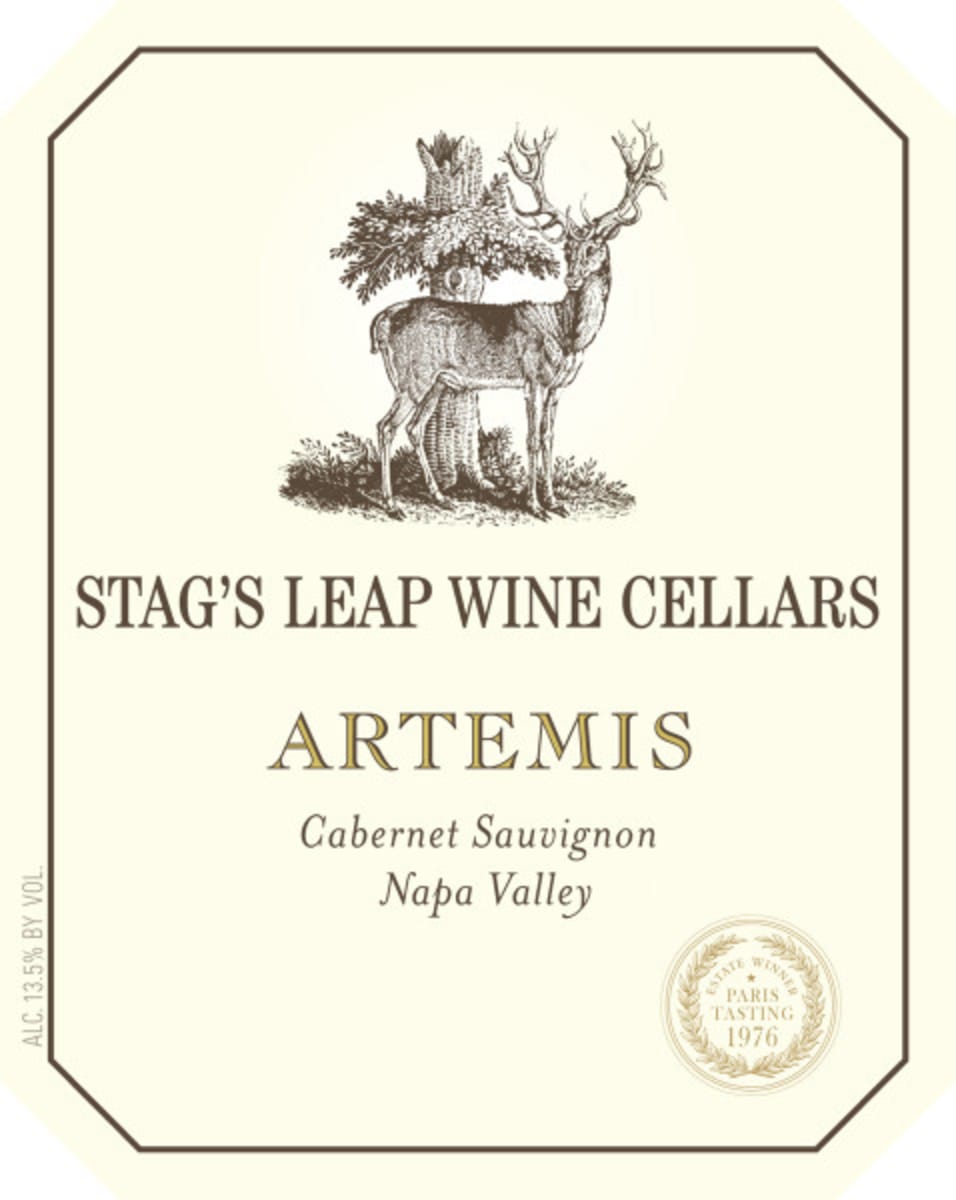


Product Details
Your Rating
Somm Note
Winemaker Notes
The 2021 Artemis Cabernet Sauvignon offers inviting aromas of boysenberry, plum, currant, chocolate and baking spice. The rich and creamy entrance leads to a fresh and flavorful mid-palate. The wine is full-bodied with rich fruit flavors and integrated tannins that are persistent and plush.
Enjoy this Cabernet Sauvignon with grilled tri-tip, braised short ribs, or pasta with wild mushrooms and prosciutto.
Blend: 98% Cabernet Sauvignon, 1% Cabernet Franc, 0.5% Malbec, 0.5% Merlot
Professional Ratings
-
Decanter
A blend of 98% Cabernet Sauvignon, 1% Cabernet Franc, and half a % each of Malbec and Merlot, aged 15 months in 33% new French oak. The bottling includes the following sources: 51% Atlas Peak District; 14% Battuello Vineyard in St. Helena, 12% Arcadia Vineyard in Coombsville and 5% Twin Creeks Vineyard in Wooden Valley (in Suisun Valley) and from sources in Stags Leap. Super approachable and fairly easy-drinking at the pull of the cork. Youthful blue fruit aromatics mingle with blackberry, graphite, and violet florals. Full-bodied with fine-grained satiny tannins and the same exuberant blue and black fruit, tinged with cinnamon and Mexican mocha through a lengthy slate-stone and cedarwood-rich finish.
-
James Suckling
This supple but structured wine is sourced from various parts of the valley, yet still has the gentle power of the Stags Leap District. Suave oak spices, rich dark fruit and a full body give a generous, broad feel that is nicely freshened by fine-grained tannins.
-
Wine Enthusiast
Generous flavors of boysenberry, plum, spiced cocoa and vanilla bean are carried on a structure of succulent tannins and persistent, mouthwatering acidity that invites another sip. This wine includes hints of Cabernet Franc, Malbec and Merlot to enhance aromatic freshness.
-
Wine Spectator
Delivers a lovely burst of boysenberry and mulberry puree flavors that glide through, marrying well with judicious accents of glossy toast, anise, sweet tobacco and apple wood through the finish. Drink now through 2036. 87,500 cases made.
-
Robert Parker's Wine Advocate
The only one of these releases to contain purchased fruit, the 2021 Cabernet Sauvignon Artemis draws from such diverse sources as Atlas Peak, Calistoga, Coombsville, Saint Helena and Wooden Valley. It's rather fresh and primary, with almost grapey notes, black cherries and cassis. In the mouth, it's full-bodied and plush, with a soft, velvety finish.
Other Vintages
2020-
Wine
Enthusiast -
James
Suckling -
Jeb
Dunnuck
-
James
Suckling -
Jeb
Dunnuck - Decanter
-
James
Suckling -
Wilfred
Wong -
Wine
Spectator -
Jeb
Dunnuck
-
Wilfred
Wong - Decanter
-
Wine
Enthusiast
- Decanter
-
Jeb
Dunnuck -
James
Suckling -
Robert
Parker -
Wine &
Spirits -
Wilfred
Wong
-
Robert
Parker
-
Wilfred
Wong -
Robert
Parker
-
Wilfred
Wong
-
Tasting
Panel -
Wine &
Spirits -
Robert
Parker
-
Wine &
Spirits -
Wine
Enthusiast
-
Wine
Enthusiast
-
Wine
Enthusiast
-
Wine
Enthusiast
-
Wine
Enthusiast
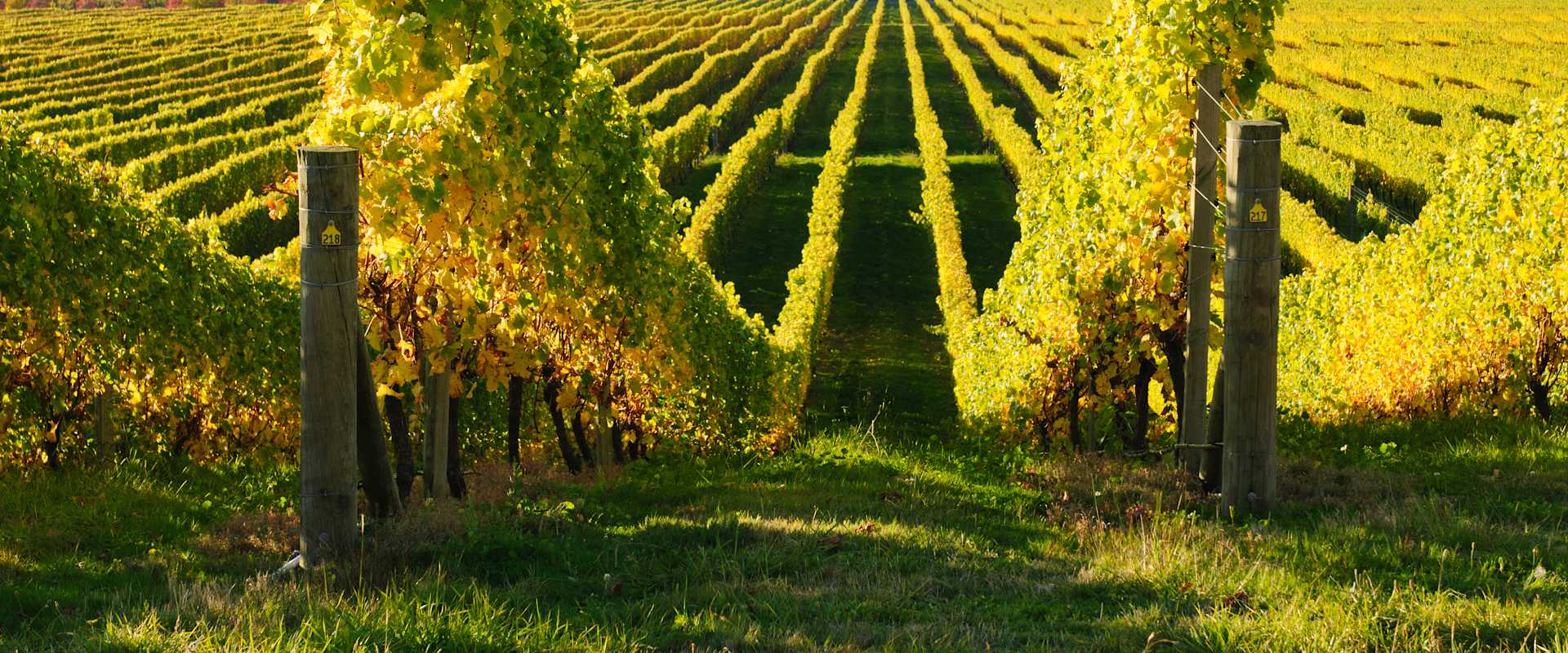


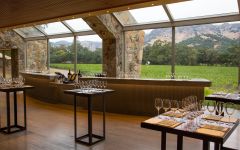
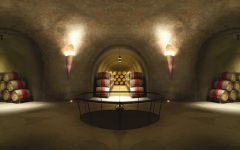

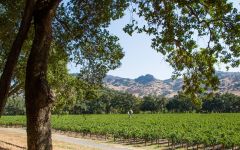
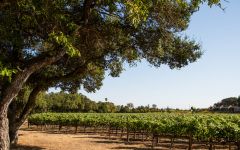
Considered one of the "first growths" of Napa Valley, Stag's Leap Wine Cellars produces renowned Cabernet Sauvignon from its historic Stags Leap District estate vineyards. Learn about Stags Leap history and estate-grown wines.
History of Stag’s Leap Wine Cellars
Stag’s Leap Wine Cellars was founded in 1970 with the purchase of a 40 acre property in the now famed Stag’s Leap District AVA in Napa Valley. The winery brought international recognition to California winemaking and the Napa Valley region when their 1973 S.L.V. Cabernet Sauvignon won the 1976 Paris Tasting, also known as the "Judgement of Paris."
Stag’s Leap Wine Cellars Estate-Grown Cabernet Sauvignon
Stag's Leap Wine Cellars' three estate-grown Cabernet Sauvignons - CASK 23, S.L.V. and Fay - are among the most highly regarded and collected Cabernet Sauvignons worldwide. The Cabernet wines are fashioned to express richness balanced by elegant restraint, an approach often described as "an iron fist in a velvet glove."

A noble variety bestowed with both power and concentration, Cabernet Sauvignon enjoys success all over the globe, its best examples showing potential to age beautifully for decades. Cabernet Sauvignon flourishes in Bordeaux's Medoc where it is often blended with Merlot and smaller amounts of some combination of Cabernet Franc, Malbecand Petit Verdot. In the Napa Valley, ‘Cab’ is responsible for some of the world’s most prestigious, age-worthy and sought-after “cult” wines. Somm Secret—DNA profiling in 1997 revealed that Cabernet Sauvignon was born from a spontaneous crossing of Cabernet Franc and Sauvignon Blanc in 17th century southwest France.

Legend has it that quick and nimble stags would escape the indigenous hunters of southern Napa Valley through the landmark palisades that sit just northeast of the current city of Napa. As a result, the area was given the name, Stags Leap. While its grape-growing history dates back to the mid-1800s, winemaking didn’t really take off until the mid-1970s after a small but pivotal blind tasting called the Judgement of Paris.
When a 1973 Stag’s Leap Wine Cellars Cabernet Sauvignon won first place against its high-profile Bordeaux contenders, like Chateau Mouton Rothschild and Chateau Haut-Brion, international attention to the Stags Leap District of Napa Valley escalated rapidly.
The vineyards in this one-of-a-kind wine growing region receive hot afternoon air reflecting off of its eastern palisade formation. In combination with the cool evening breezes from the San Pablo Bay just south, this becomes an optimal environment for grape growing. While many varieties could thrive here, Cabernet Sauvignon and Merlot dominate with virtually no others, save for a spot or two of Syrah.
Stags Leap soils—eroded volcanic and old river sediments—encourage well established root systems and result in complex, terroir-driven wines. Stags Leap District reds have a distinct sour cherry and black berry character with baking spice and dried earth aromas, and supple tannins.
